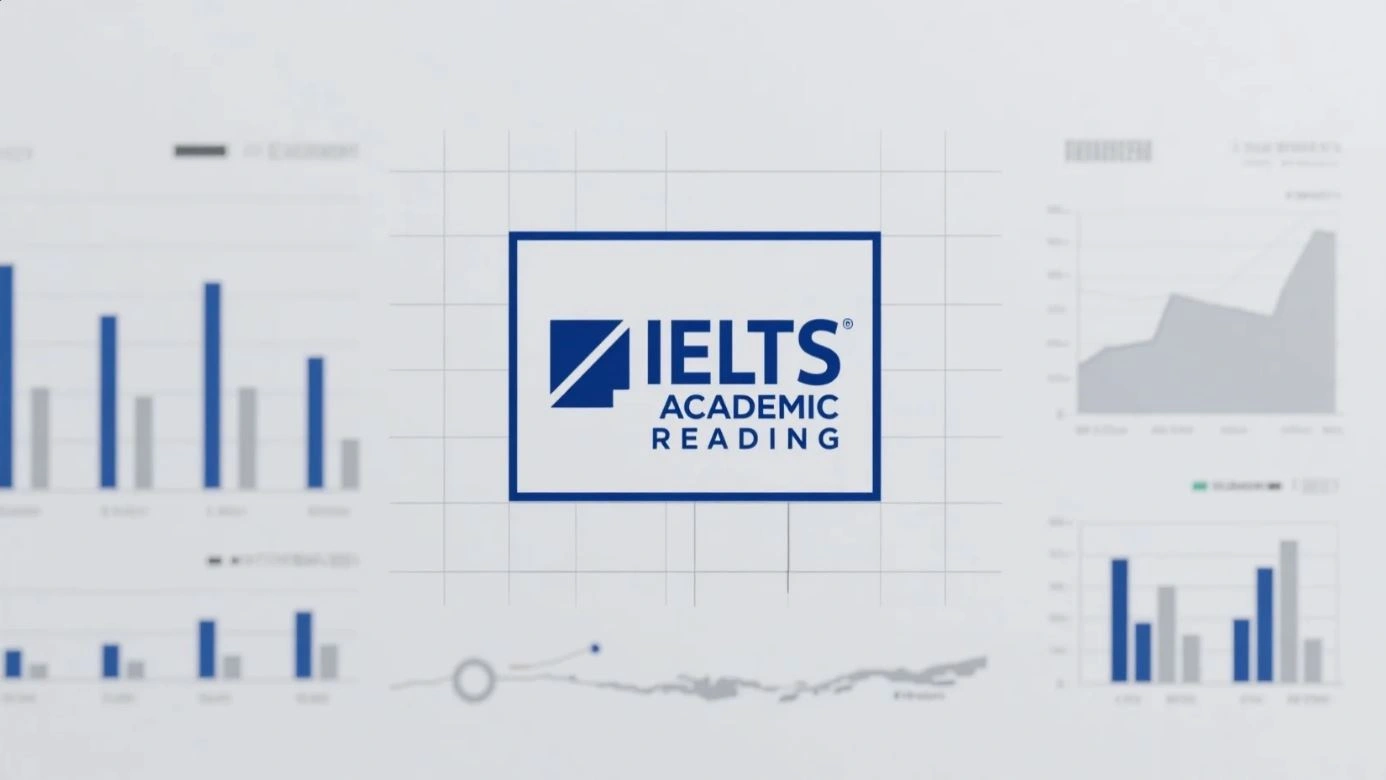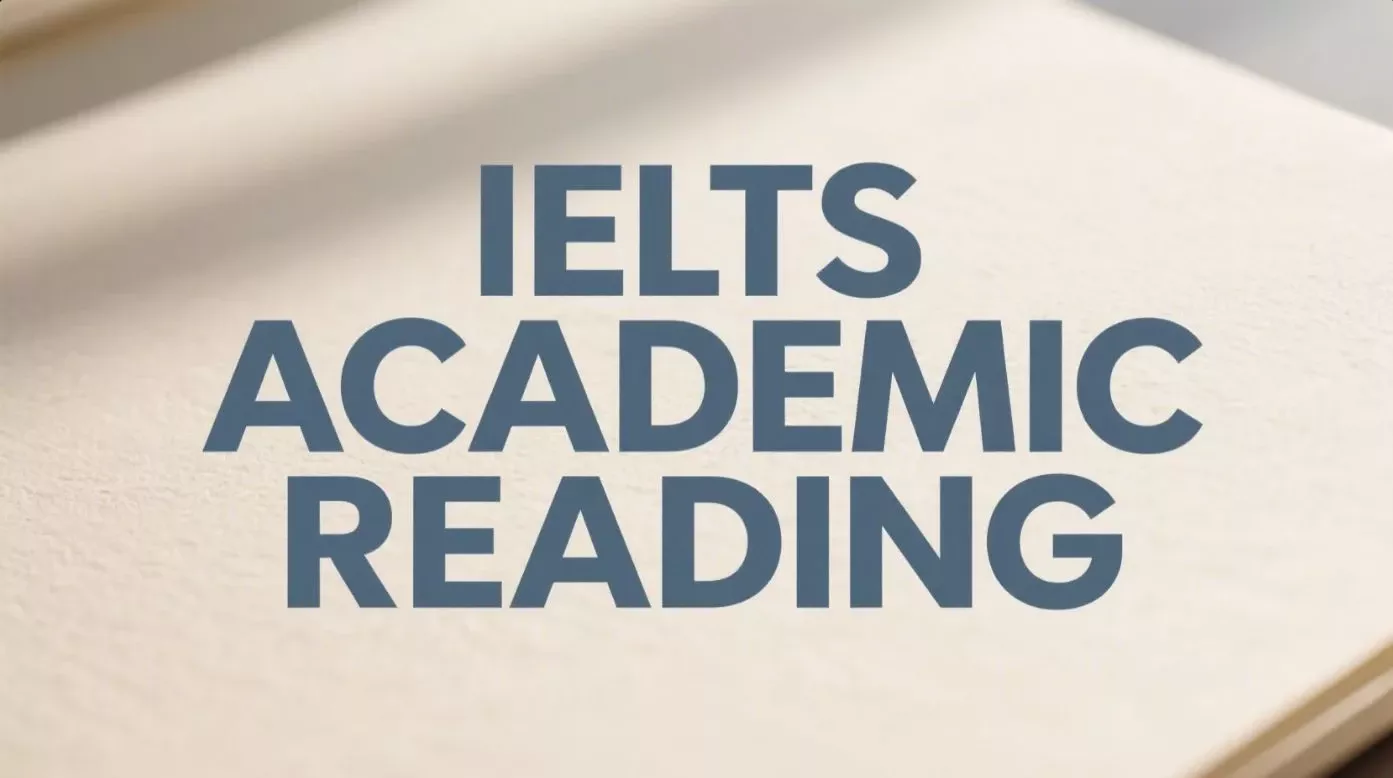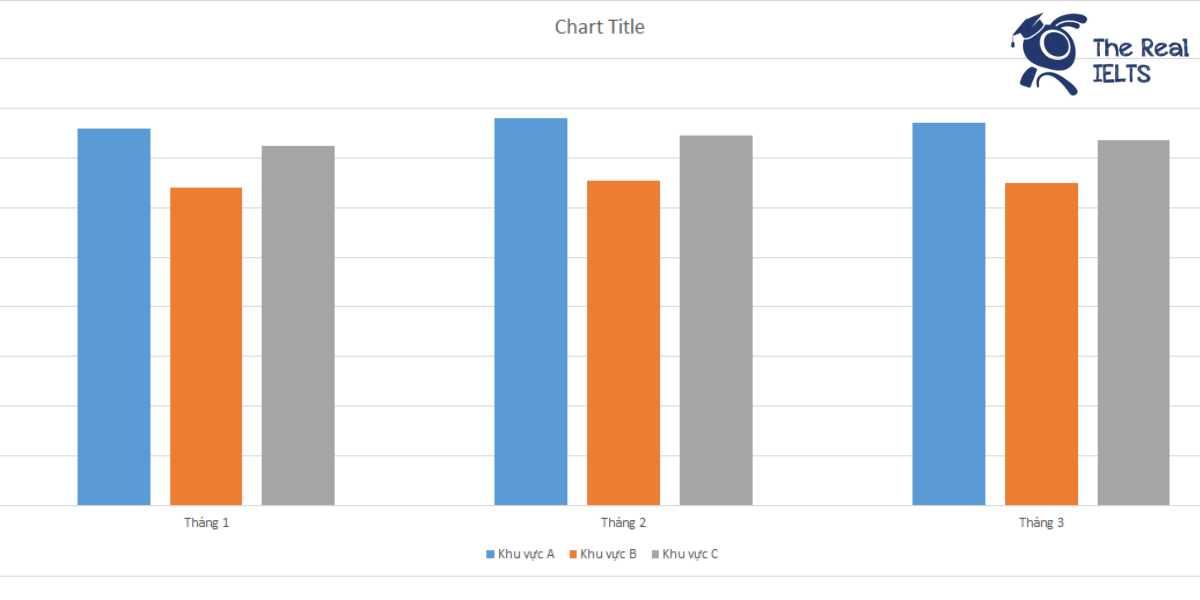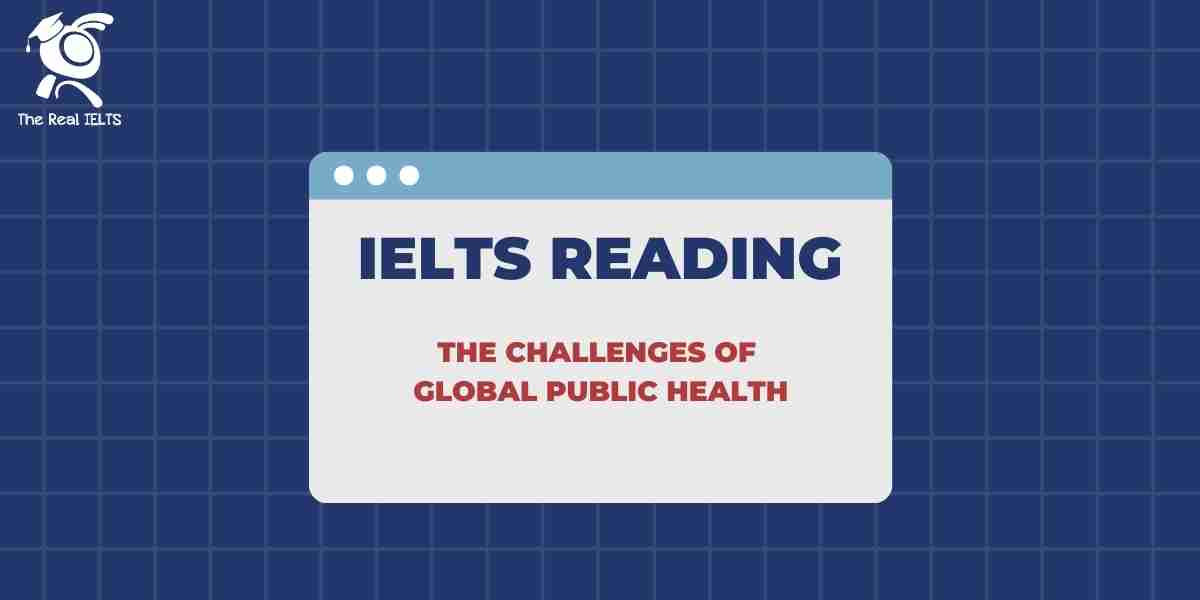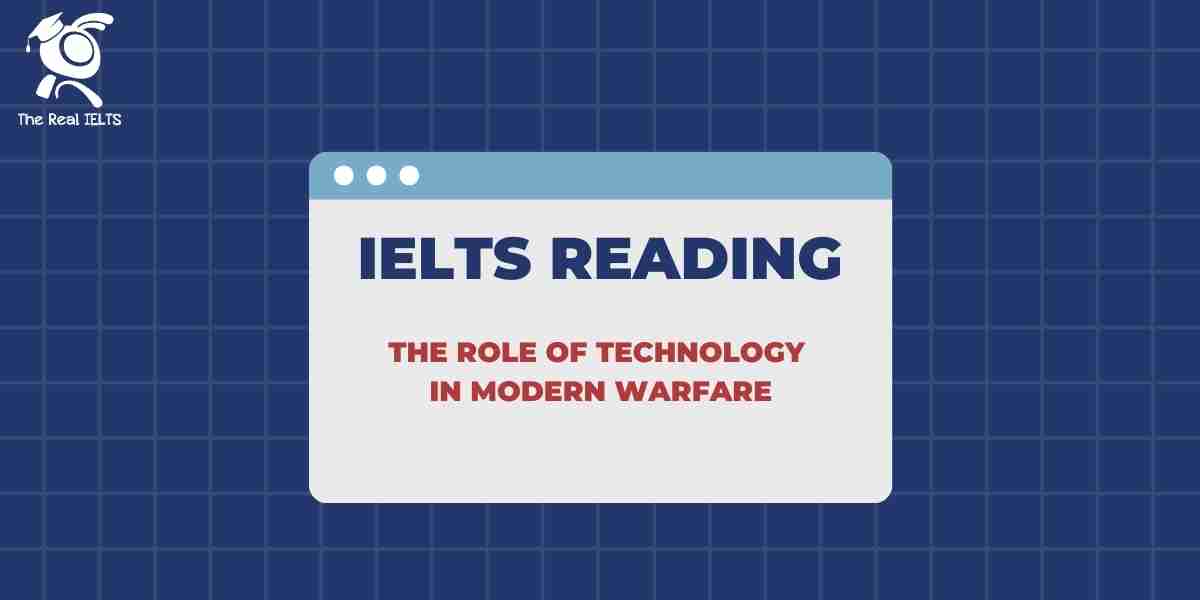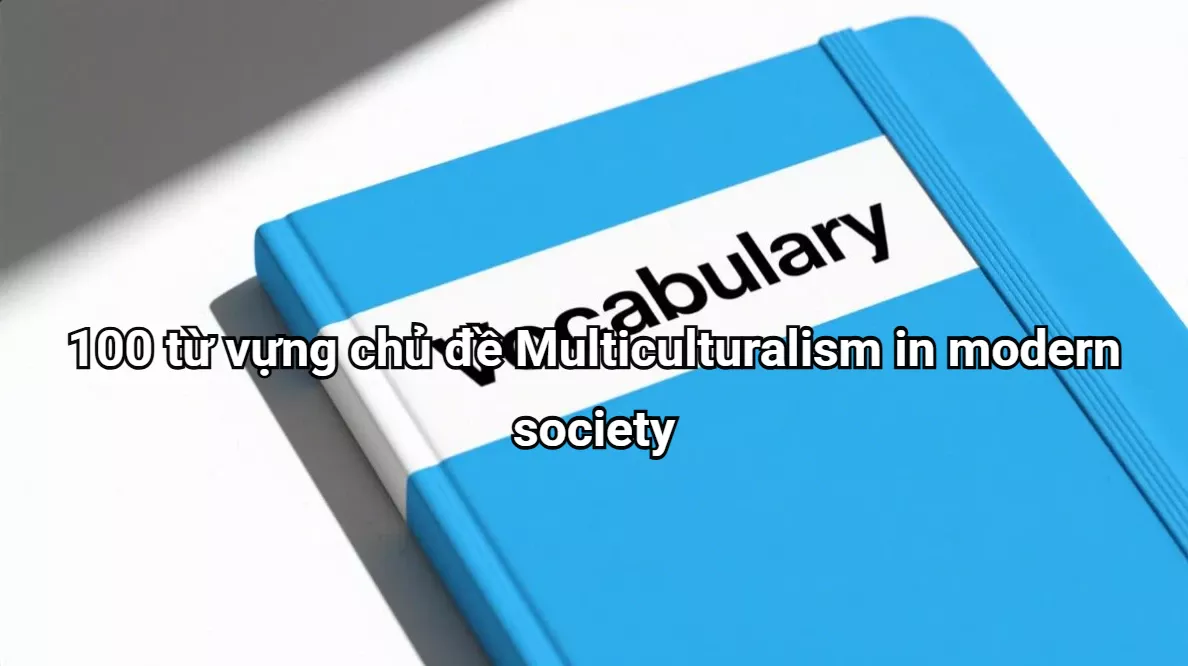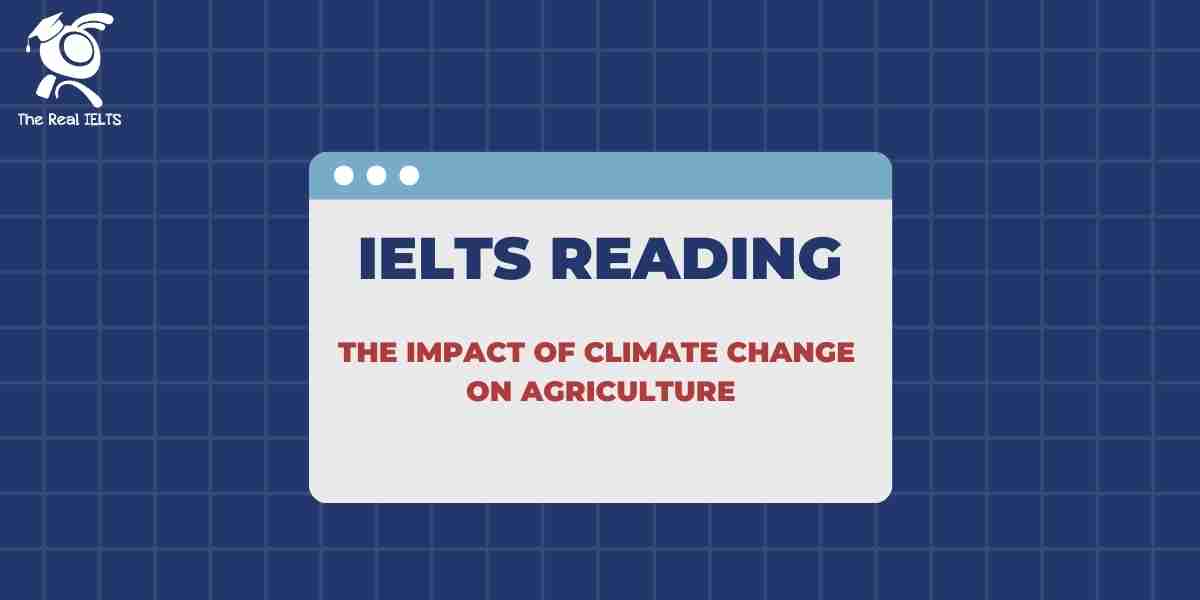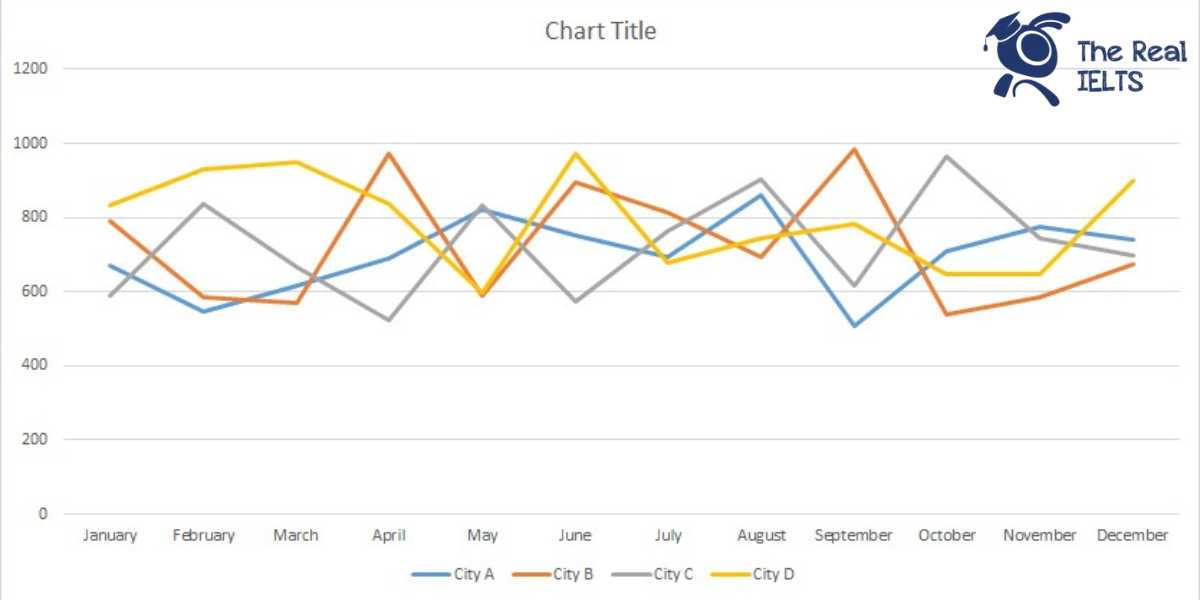Trong hành trình chinh phục kỳ thi IELTS, kỹ năng đọc hiểu luôn là thử thách lớn với nhiều thí sinh. IELTS Reading không chỉ kiểm tra vốn từ vựng mà còn đòi hỏi khả năng phân tích, tổng hợp thông tin từ các văn bản học thuật phức tạp. Để đạt band điểm cao, người học cần thành thạo các kỹ thuật như skimming, scanning và quản lý thời gian hiệu quả. Việc rèn luyện chiến lược làm bài đúng cách sẽ giúp tối ưu hóa kết quả thi.
Đọc thêm: IELTS ACADEMIC READING TEST 1 – BAND 7.0+
PASSAGE 1: THE FASCINATING WORLD OF ANT COLONIES
You should spend about 20 minutes on Questions 1–14, which are based on the reading passage below.
Ants are among the most successful creatures on Earth, with colonies that display extraordinary levels of cooperation and organization. Though their brains are minuscule, collectively, ant colonies perform tasks with a complexity rivaling human societies.
Each ant in a colony has a designated role: queen, worker, soldier, or drone. The queen’s sole purpose is reproduction. Workers gather food, care for the young, and maintain the nest. Soldiers defend the colony, while drones are responsible for mating.
One key to the ants’ success lies in their use of pheromones—chemical signals used to communicate. When a worker finds food, it lays a scent trail for others to follow. The stronger the trail, the more ants will reinforce it, creating a feedback loop that optimizes for efficiency.
Some ant species demonstrate agriculture. Leafcutter ants, for instance, don’t eat leaves directly. Instead, they use chewed leaf fragments to grow fungus, which becomes their primary food source. Others exhibit warfare: army ants form massive columns and overwhelm prey or rival colonies in coordinated attacks.
Recent studies using computer models have shown that ant traffic flow resembles modern urban transport systems. Despite lacking centralized control, ants self-organize using local cues and feedback. These insights have inspired algorithms in robotics and logistics, including warehouse automation.
The resilience and adaptability of ants raise compelling questions about intelligence. While individual ants are limited in ability, their collective intelligence has made them dominant in many ecosystems for over 100 million years.
QUESTIONS 1–14
Choose the correct answer A, B, C, or D.
1. What is the primary role of the queen ant?
A. Leading the colony
B. Laying eggs
C. Defending the nest
D. Feeding larvae
2. How do ants communicate the location of food?
A. Sound signals
B. Vibrations
C. Visual markers
D. Pheromones
3. What is created when many ants follow a food trail?
A. A disruption in the colony
B. An error in direction
C. A strengthened scent path
D. A rival group
4. What is the purpose of leaf fragments for leafcutter ants?
A. Direct consumption
B. Nest insulation
C. Trading
D. Fungus cultivation
5. What behavior do army ants exhibit?
A. Isolated foraging
B. Defensive migration
C. Coordinated attacks
D. Hibernation
6. What does the passage suggest about ant traffic systems?
A. They require traffic lights
B. They operate randomly
C. They mirror human urban planning
D. They are inefficient
7. How do ants manage without centralized control?
A. Through verbal signals
B. By copying the queen
C. By using local interactions and feedback
D. With artificial intelligence
8. Why are ants considered intelligent as a group?
A. They train each other
B. They live long lives
C. Their collective behavior solves complex problems
D. Their brains are highly developed
9. What human technology has been inspired by ant behavior?
A. Airplanes
B. Traffic lights
C. Warehouse robots
D. Smartphones
10. What is the function of worker ants?
A. Laying eggs
B. Hunting large animals
C. Foraging and caretaking
D. Leading in war
11. What feedback mechanism is discussed in relation to food trails?
A. Verbal correction
B. Visual detection
C. Reinforcement by more ants
D. Queen’s intervention
12. Why is the success of ants impressive?
A. They have no predators
B. They possess complex tools
C. They thrive despite having small brains
D. They speak a universal language
13. What is implied about fungus in leafcutter ant colonies?
A. It’s used for defense
B. It serves as their food
C. It attracts predators
D. It replaces the queen
14. The overall message of the passage is:
A. Ants act mostly out of instinct
B. Ants are dangerous to human crops
C. Ant colonies demonstrate advanced social systems
D. Ants are irrelevant to scientific study
PASSAGE 2: THE RISE OF REMOTE WORK
You should spend about 20 minutes on Questions 15–28, which are based on the reading passage below.
The concept of remote work, once a niche option, has become a mainstream feature of the global economy. While advances in communication technology laid the groundwork, the COVID-19 pandemic acted as a catalyst, forcing millions to adapt to virtual workplaces almost overnight.
Initially viewed as a temporary measure, remote work has demonstrated surprising productivity and cost-effectiveness. Many companies have reported equal or even improved performance levels among employees working from home. Employees, in turn, often appreciate the flexibility and time saved from commuting.
However, remote work is not without challenges. A common concern is “Zoom fatigue”—mental exhaustion caused by excessive video calls. Moreover, the absence of casual workplace interactions may hinder collaboration and creativity. Some workers also struggle with setting boundaries between work and personal life.
Organizations have responded by experimenting with hybrid models, combining remote and in-office work. These models aim to offer flexibility while retaining opportunities for face-to-face interaction. Meanwhile, some companies, especially in the tech sector, have adopted fully remote operations, hiring talent globally without geographic restrictions.
Yet, remote work raises broader questions about labor equity. Workers in developing countries can now compete for roles traditionally reserved for residents of wealthier nations, potentially driving wages down. At the same time, it provides opportunities for global talent to access better-paying jobs.
As technology continues to evolve, the long-term impact of remote work on organizational culture, employee well-being, and global labor markets remains to be fully understood. One thing is clear: the way people work has changed forever.
QUESTIONS 15–28
Choose the correct answer A, B, C, or D.
15. What event accelerated the adoption of remote work?
A. Global recession
B. Rise of social media
C. COVID-19 pandemic
D. Technological failures
16. What is one reported benefit of remote work?
A. Higher office rent
B. Reduced internet usage
C. Improved employee performance
D. Shorter work hours
17. How do many employees feel about working from home?
A. Distracted and unmotivated
B. Isolated and abandoned
C. Grateful for flexibility
D. Eager to return full-time to offices
18. What is “Zoom fatigue”?
A. Boredom from lack of tasks
B. Burnout from long work hours
C. Tiredness from frequent video calls
D. Frustration with outdated technology
19. What issue arises from lack of office interactions?
A. Reduced pay
B. Collaboration difficulties
C. Poor internet speed
D. Low hiring rates
20. How do hybrid work models aim to help?
A. Eliminate meetings
B. Enforce longer office hours
C. Balance flexibility and in-person interaction
D. Increase surveillance
21. What trend is seen in some tech companies?
A. Relocation to rural areas
B. Full return to office
C. Complete remote operations
D. Downsizing IT departments
22. What global impact may remote work have?
A. Reduced environmental regulations
B. Increases in international trade
C. Wage competition and talent redistribution
D. Decline of the service sector
23. Why might wages go down in remote work environments?
A. More part-time hiring
B. Lower job quality
C. International labor competition
D. Fewer job seekers
24. How might remote work benefit talent in developing countries?
A. Access to high-paying jobs
B. Local job creation
C. Decrease in education needs
D. Improved office conditions
25. What aspect of remote work is still uncertain?
A. Technology access
B. Long-term cultural effects
C. Office rent cost
D. Commuting options
26. What does the passage suggest about the future of work?
A. It will likely return to pre-pandemic norms
B. It will rely on more office-based roles
C. It is permanently transformed
D. It is incompatible with technology
27. The author’s tone toward remote work is:
A. Skeptical and critical
B. Balanced and thoughtful
C. Dismissive of concerns
D. Highly enthusiastic
28. The passage is mainly about:
A. The negative effects of video calls
B. Legal issues in international employment
C. The global shift toward remote work
D. Health risks of online meetings
PASSAGE 3: MEMORY AND THE BRAIN
You should spend about 20 minutes on Questions 29–42, which are based on the reading passage below.
Memory is one of the most complex and fascinating functions of the human brain. It enables individuals to retain information, shape identity, and make decisions based on past experiences. But how exactly does memory work?
There are three primary stages in memory formation: encoding, storage, and retrieval. Encoding involves the transformation of sensory input into a form the brain can process. Storage refers to maintaining that information over time, and retrieval is accessing it when needed.
Not all memories are created equal. Short-term memory holds small amounts of information temporarily—like a phone number you just heard. Long-term memory, in contrast, can store vast amounts of data indefinitely. Within long-term memory, there is explicit memory (conscious recall) and implicit memory (unconscious skills like riding a bike).
The hippocampus plays a crucial role in converting short-term memories into long-term ones. Damage to this region can lead to amnesia, as famously illustrated in the case of patient H.M., whose hippocampus was surgically removed, leaving him unable to form new long-term memories.
Recent research has revealed that memory is reconstructive, not reproductive. This means memories are not exact recordings but are reshaped each time they are recalled. As a result, they are vulnerable to distortion and influence.
Advances in neuroscience have also explored memory enhancement and suppression. Techniques like optogenetics—using light to control neurons—have enabled scientists to activate or suppress specific memories in animal models, raising ethical questions about future applications in humans.
QUESTIONS 29–42
Choose the correct answer A, B, C, or D.
29. What are the three stages of memory formation?
A. Learning, forgetting, repeating
B. Sensation, emotion, action
C. Encoding, storage, retrieval
D. Recognition, retention, reflection
30. What does encoding involve?
A. Erasing information
B. Repeating information aloud
C. Converting sensory input into a brain-compatible format
D. Memorizing vocabulary lists
31. Which type of memory holds information temporarily?
A. Long-term memory
B. Implicit memory
C. Short-term memory
D. Sensory memory
32. What is an example of implicit memory?
A. Recalling a birthday
B. Remembering a name
C. Knowing how to ride a bicycle
D. Answering quiz questions
33. What is the function of the hippocampus?
A. Language processing
B. Emotion control
C. Forming long-term memories
D. Muscle movement
34. What happened to patient H.M.?
A. He remembered everything
B. He had no short-term memory
C. He couldn’t form new long-term memories
D. He lost motor skills
35. Why are memories considered reconstructive?
A. They build new experiences
B. They are copied like files
C. They change slightly each time we recall them
D. They are stored in the bloodstream
36. What is a risk of reconstructive memory?
A. Improved creativity
B. Memory distortion
C. Better recall
D. Emotional detachment
37. What can damage to the hippocampus cause?
A. Over-sleeping
B. Vision loss
C. Amnesia
D. Headaches
38. What is optogenetics used for in memory research?
A. Enhancing memory in humans
B. Tracking brain waves
C. Controlling memory via light
D. Deleting unwanted thoughts
39. What ethical concern does optogenetics raise?
A. Its cost
B. Its effectiveness
C. Its use in animals
D. Potential use on human memory
40. What does the passage suggest about long-term memory?
A. It lasts a few minutes
B. It is unreliable
C. It stores data indefinitely
D. It’s stored in the muscles
41. Which memory type involves conscious recall?
A. Implicit
B. Explicit
C. Procedural
D. Reflexive
42. The author’s main point is:
A. Memory is a fixed mental system
B. Memory is dynamic and influenced by the brain’s structure and function
C. Memory is controlled only by emotion
D. Memory cannot be studied scientifically
ĐÁP ÁN & GIẢI THÍCH – IELTS READING TEST 2
PASSAGE 1: ANT COLONIES
| Câu hỏi | Đáp án | Giải thích |
|---|---|---|
| 1 | B | Queen ant có vai trò sinh sản duy nhất. |
| 2 | D | Ants dùng pheromones để truyền tín hiệu vị trí thức ăn. |
| 3 | C | Nhiều con đi theo làm mùi hương đậm hơn → đường mùi mạnh hơn. |
| 4 | D | Leaf fragments được dùng để nuôi nấm làm thức ăn chính. |
| 5 | C | Army ants thực hiện các cuộc tấn công có tổ chức. |
| 6 | C | Ant traffic giống như hệ thống giao thông đô thị. |
| 7 | C | Ants tự tổ chức dựa trên tín hiệu địa phương và phản hồi. |
| 8 | C | Hành vi tập thể của kiến có thể giải quyết các vấn đề phức tạp. |
| 9 | C | Các thuật toán robot, logistics hiện đại lấy cảm hứng từ hành vi kiến. |
| 10 | C | Worker ants làm nhiệm vụ tìm thức ăn, chăm sóc, bảo trì tổ. |
| 11 | C | Đường mùi được tăng cường khi nhiều kiến đi qua → feedback loop. |
| 12 | C | Thành công của kiến đặc biệt vì bộ não chúng rất nhỏ. |
| 13 | B | Fungus là nguồn thức ăn chính trong tổ kiến lá. |
| 14 | C | Toàn bài nói về hệ thống xã hội tiên tiến của kiến. |
PASSAGE 2: REMOTE WORK
| Câu hỏi | Đáp án | Giải thích |
|---|---|---|
| 15 | C | COVID-19 là sự kiện thúc đẩy làm việc từ xa trở nên phổ biến. |
| 16 | C | Năng suất làm việc từ xa được ghi nhận là ngang hoặc cao hơn. |
| 17 | C | Nhiều người đánh giá cao sự linh hoạt và tiết kiệm thời gian. |
| 18 | C | Zoom fatigue là mệt mỏi do quá nhiều cuộc họp trực tuyến. |
| 19 | B | Thiếu tương tác văn phòng cản trở sáng tạo, hợp tác. |
| 20 | C | Mô hình hybrid cân bằng linh hoạt và tương tác trực tiếp. |
| 21 | C | Một số công ty tech chuyển sang mô hình hoàn toàn từ xa. |
| 22 | C | Làm việc từ xa mở rộng cơ hội nhưng cũng gây cạnh tranh toàn cầu. |
| 23 | C | Người lao động từ các nước thu nhập thấp cạnh tranh → hạ lương. |
| 24 | A | Người ở các nước đang phát triển có thể tiếp cận việc lương cao. |
| 25 | B | Tác động lâu dài đến văn hóa tổ chức vẫn chưa rõ. |
| 26 | C | Câu cuối nói rõ: cách làm việc đã thay đổi mãi mãi. |
| 27 | B | Tác giả thể hiện thái độ cân bằng: lợi ích và thách thức đều được nêu. |
| 28 | C | Bài viết mô tả sự chuyển dịch toàn cầu sang làm việc từ xa. |
PASSAGE 3: MEMORY AND THE BRAIN
| Câu hỏi | Đáp án | Giải thích |
|---|---|---|
| 29 | C | Bộ nhớ hình thành qua 3 bước: encoding, storage, retrieval. |
| 30 | C | Encoding là chuyển đầu vào cảm giác thành dạng não xử lý được. |
| 31 | C | Short-term memory lưu giữ thông tin trong thời gian ngắn. |
| 32 | C | Implicit memory là kỹ năng vô thức như đi xe đạp. |
| 33 | C | Hippocampus giúp chuyển ký ức ngắn hạn thành dài hạn. |
| 34 | C | Bệnh nhân H.M không thể tạo ký ức dài hạn sau khi bị cắt hippocampus. |
| 35 | C | Trí nhớ là “reconstructive” → thay đổi mỗi lần được gọi lại. |
| 36 | B | Do tính xây dựng, trí nhớ dễ bị bóp méo. |
| 37 | C | Tổn thương hippocampus → gây mất trí nhớ (amnesia). |
| 38 | C | Optogenetics dùng ánh sáng để điều khiển ký ức ở động vật. |
| 39 | D | Nghiên cứu mở ra tranh cãi đạo đức nếu áp dụng trên con người. |
| 40 | C | Long-term memory có thể lưu trữ dữ liệu vô thời hạn. |
| 41 | B | Explicit memory là ký ức có thể nhớ lại một cách có ý thức. |
| 42 | B | Tác giả cho thấy trí nhớ rất năng động, chịu ảnh hưởng từ cấu trúc não. |


